Affiliate links on Android Authority may earn us a commission. Learn more.
When did the TVs start working like smartphones?
Published onNovember 17, 2017
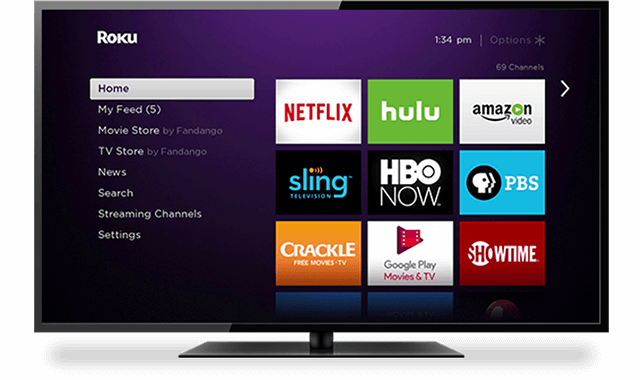
Since cutting the cord, I have learned a few things I didn’t expect. I knew I was going to have to adapt to a new way of watching TV. What I didn’t anticipate was how familiar that different way of doing things was going to feel.
When you cut the cord, you need to fill the TV gap with a number of apps and services to make up for what you no longer have. What’s interesting about the end result is that you end up with a grid of TV apps that you access in order to watch your content. Sound familiar? It should, because it feels very smartphone-ish.
There’s an app for that
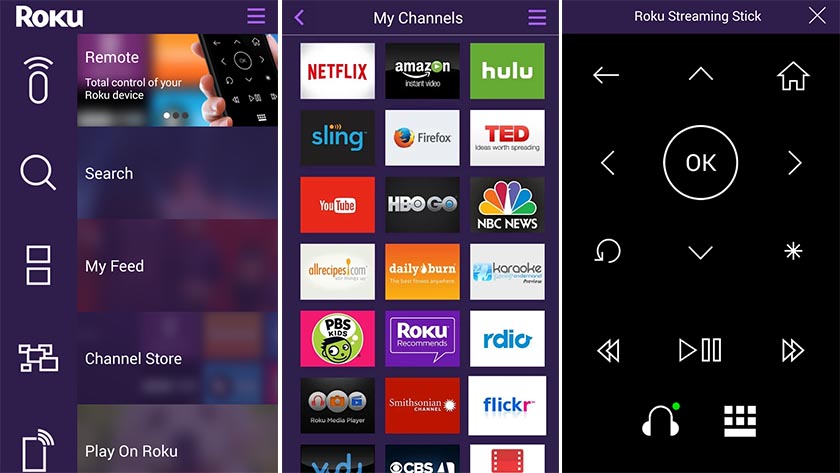
In order to watch the shows I want, I use a combination of Sling TV, CBS All Access, Amazon Prime, FoxNow, and the ABC app. My Roku adds a few free channels I browse from time to time. Sometimes, they’ll have new content, but for the most part, I stick to my list. What this means is if I finish watching Designated SurVivor and want to tune in to The Orville, I have to leave the ABC app, go back to my main menu, and fire up the FoxNow app. This is definitely a different way of consuming TV, but is it better?
Before cutting the cord, I used to use the TV Guide grid almost daily. Using the grid, I was able to flip through channels to see what was on. For the most part, I stuck to the same catalog of channels, so it was really just a matter of jumping from channel to channel, which isn’t all that different than jumping from app to app. What I’m missing is the ability to casually browse content that may have been served up for me.
Discovery (not Star Trek)
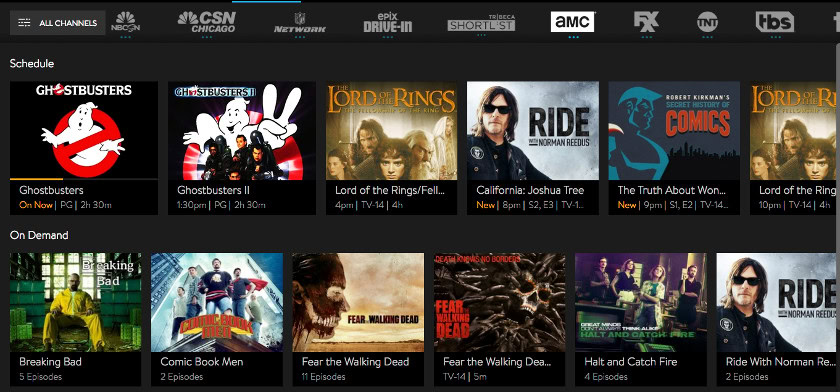
I can browse a grid in Sling, which we subscribed to for live TV (read: sports). It provides a number of channels we can browse at any given time. That being said, we live in a binging society which flies in the face of live TV. These days, browsing a grid of TV shows that are airing in the present seems antiquated.
For example, in the past, knowing that it’s Tuesday night at 8:00 would send me to channel 2 (CBS) to watch SurVivor. I can still do that, but I need to fire up CBS All Access and I’m no longer limited to Tuesday at 8:00pm; I can do it any time I want. In many ways, this is more freeing, but it also leads to a discovery issue. For example, my wife and I are huge fans of the a show on TRU TV called Impractical Jokers. My wife found this show while casually surfing channels while we were on vacation. Without the ability to flip through channels, we may never come across content that we’d enjoy and that’s a shame.
At the same time, flipping through “channels” is a relic of the way things used to be. We need to move forward, and that’s where things are still falling short.
Recommendations
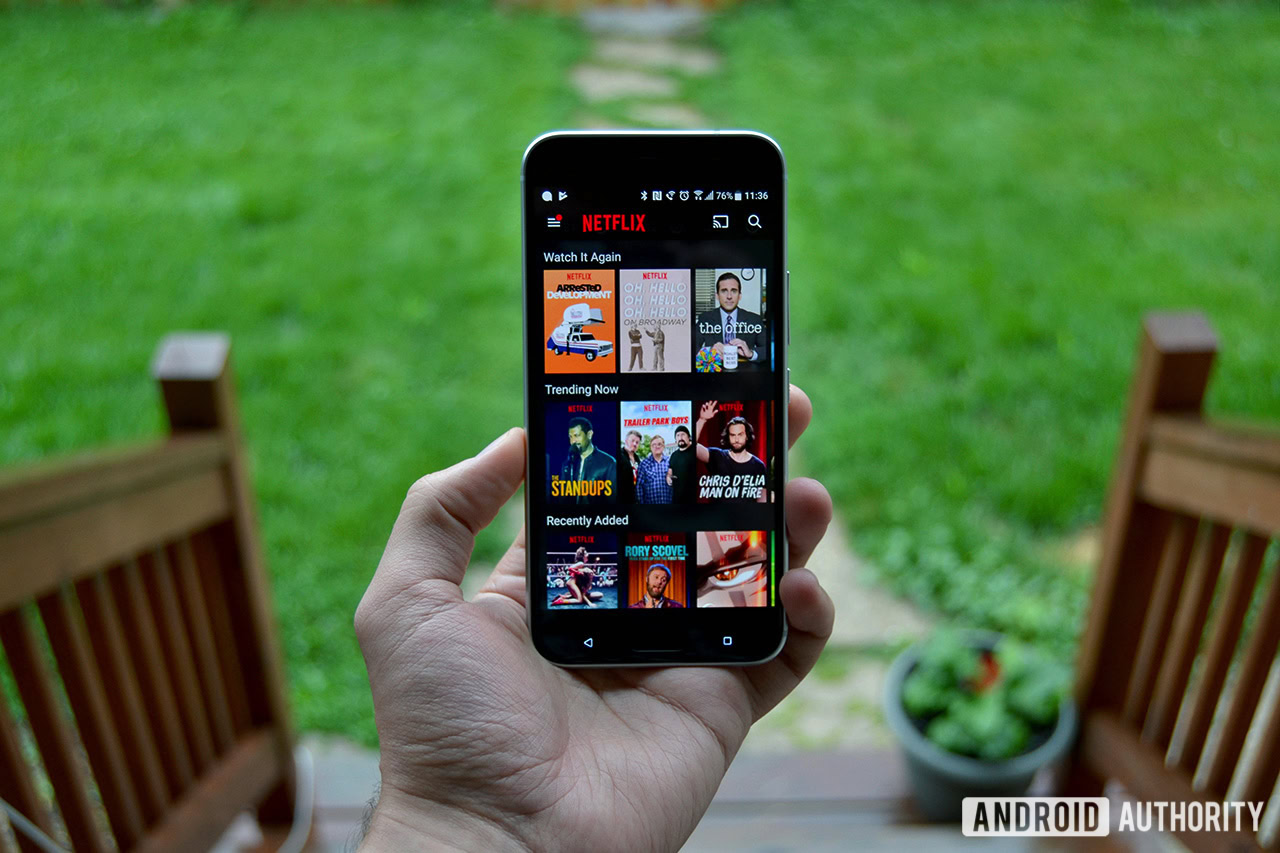
Services like Netflix will give you recommendations based on your previous history. This is a nice way to discover new content, but it’s also riddled with bugs and holes. Just because I had the urge to watch George Carlin, Jammin in New York last week, doesn’t mean I want to watch every single stand up comedian on Netflix. You can stop recommending those shows, Netflix.
Third party apps like Fan TV operate on a similar principle. Fan TV is an app that that shows you where you can stream movies and TV shows. This is similar to another service called canistream.it. Fan TV takes it a step further though by making recommendations to you, based on what you’ve added to your favorites, watchlist, or both. Essentially, if Netflix and canistream.it had a baby, it would be Fan TV. The recommendations of Fan TV are good, and encompass a number of services, like Amazon, Vudu, and others, so there’s more content, but it’s an imperfect situation because it relies on algorithms and completely ignores the human factor. Of course, videos services are not unique in this. I have such a wide range of music taste, Spotify misses more than it hits for me.
All this is great, but it still leads to jumping from app to app like an electronic hopscotch board. Assistants are likely going to be the solution to this problem. Already you can ask Alexa, Google, and Siri to open a show, and often they’ll get you there, or close. Assistants have yet to totally learn what we want to watch, how we prefer to watch it, and what else we might want to watch, but we’re getting there. In the meantime, a grid of apps isn’t all that different from a grid of channels. It’s just a different delivery system.
Bring it in
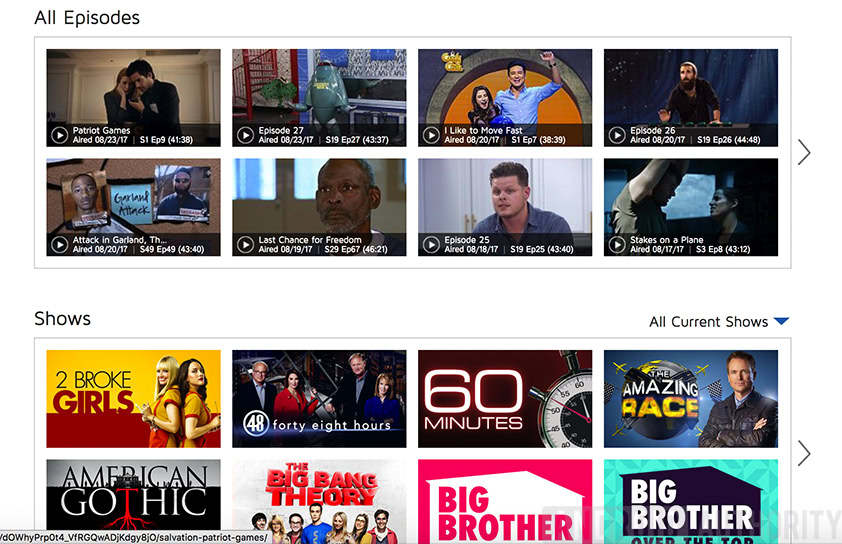
Apps as channels also gives content distributors a sort of captive audience. After all, if I go into CBS All Access to watch Star Trek: Discovery, I may as well take in MacGyver as well, right? This is good news for distributors – the more time spent in their app, the more advertisements you’ll see. It’s not necessarily great for consumers, though.
In a binge-craving culture, apps as channels aren’t so bad. I’ll remember the days of the TV Guide wistfully, at least until discoverability improves and assistants get better at sorting out content. In a perfect world, I’d tell Google “I want to watch the Cubs game” and it would know to open the ESPN app and put on the game of the week. We’re a long way from that, I’m afraid, but we are trending in the right direction.